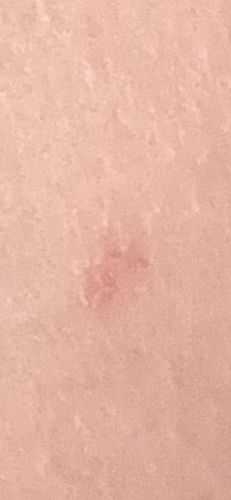Mosquito
Scientific Name: Culicidae (various genera and species)
Order & Family: Diptera, Culicidae
Size: Typically 3 to 6 mm (0.12 to 0.24 inches) in body length.

Natural Habitat
Mosquitoes are found worldwide in various freshwater and terrestrial environments, especially in areas with stagnant water for breeding, such as ponds, marshes, ditches, and even small containers.
Diet & Feeding
Adult female mosquitoes feed on blood (hematophagy) from humans and other animals (mammals, birds, reptiles, amphibians) to obtain protein for egg development. Male mosquitoes and non-bloodsucking females feed on nectar and plant sap.
Behavior Patterns
Mosquitoes are most active during dawn and dusk (crepuscular), but some species are active during the day or night. Females lay eggs individually or in rafts on the surface of water, or in moist soil near water. Larvae and pupae are aquatic. They are known for their characteristic buzzing sound made by their wings.
Risks & Benefits
Risks: Mosquitoes are significant vectors of various diseases, including malaria, dengue fever, Zika virus, West Nile virus, chikungunya, and yellow fever, causing millions of illnesses and deaths annually. Their bites can also cause itchy welts and allergic reactions. Benefits: Mosquitoes serve as a food source for other animals like birds, bats, fish, and other insects. Larvae filter organic matter in water, contributing to nutrient cycling.
Identified on: 9/12/2025